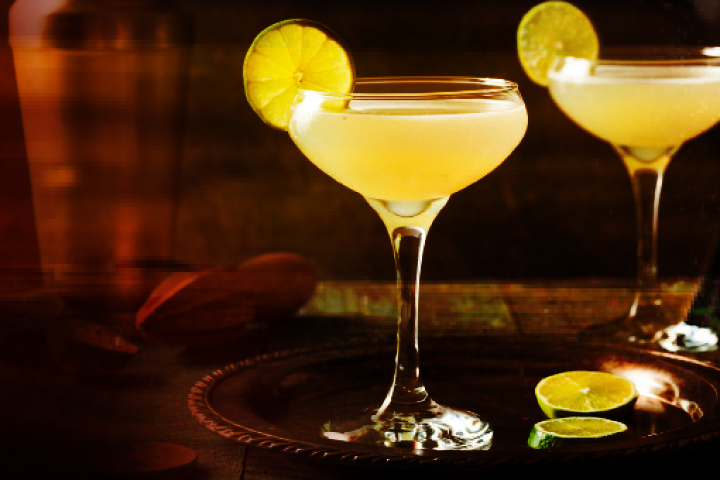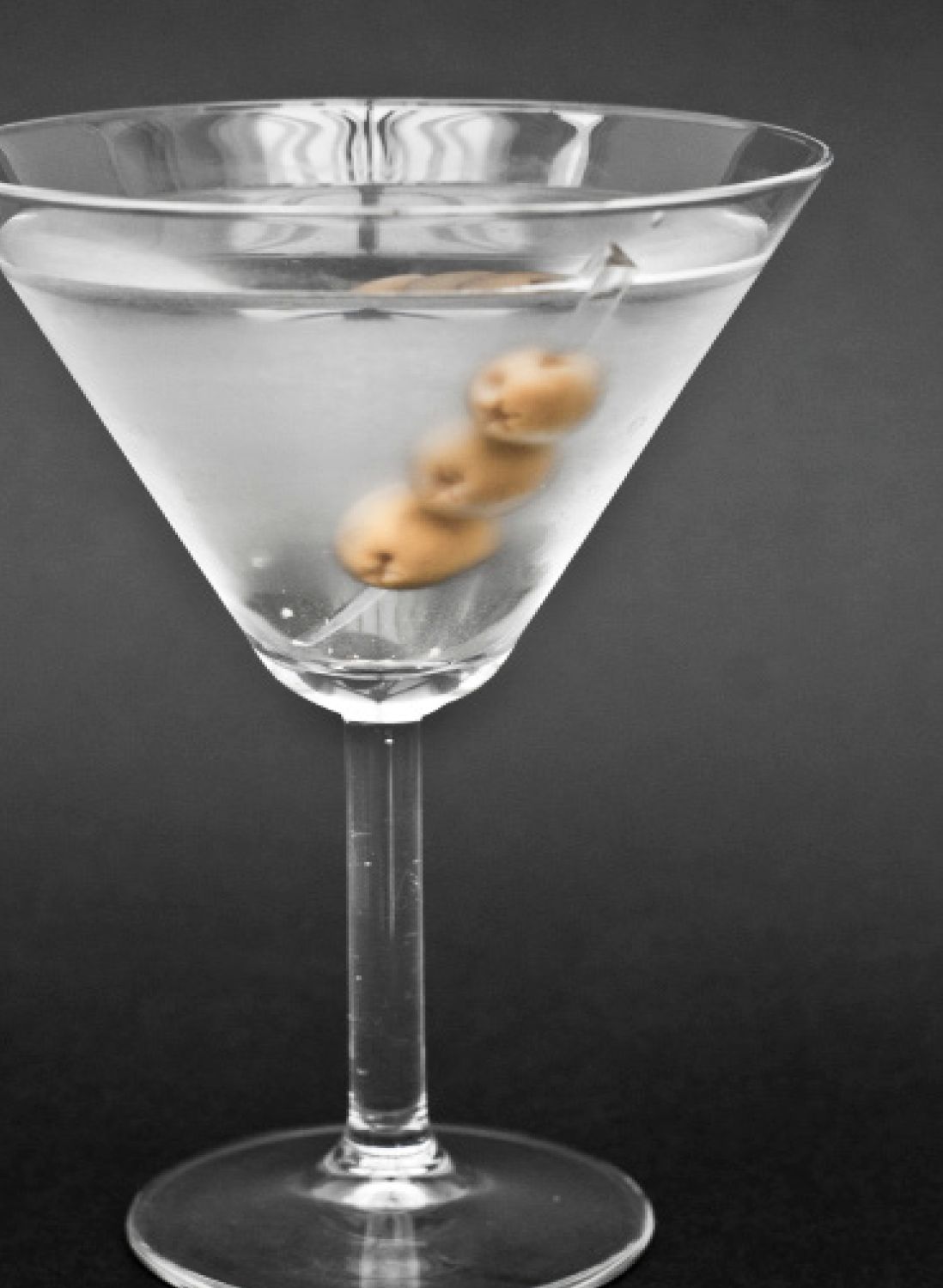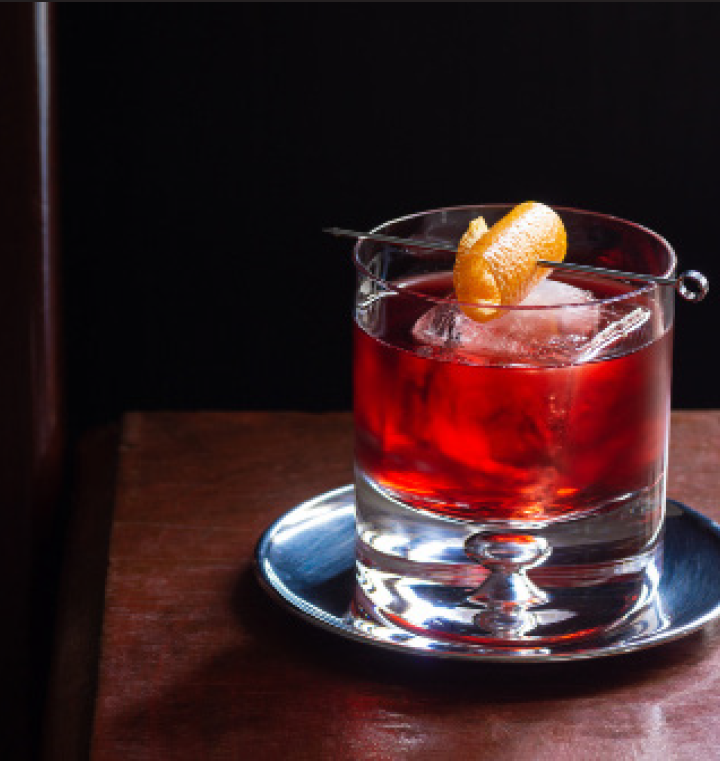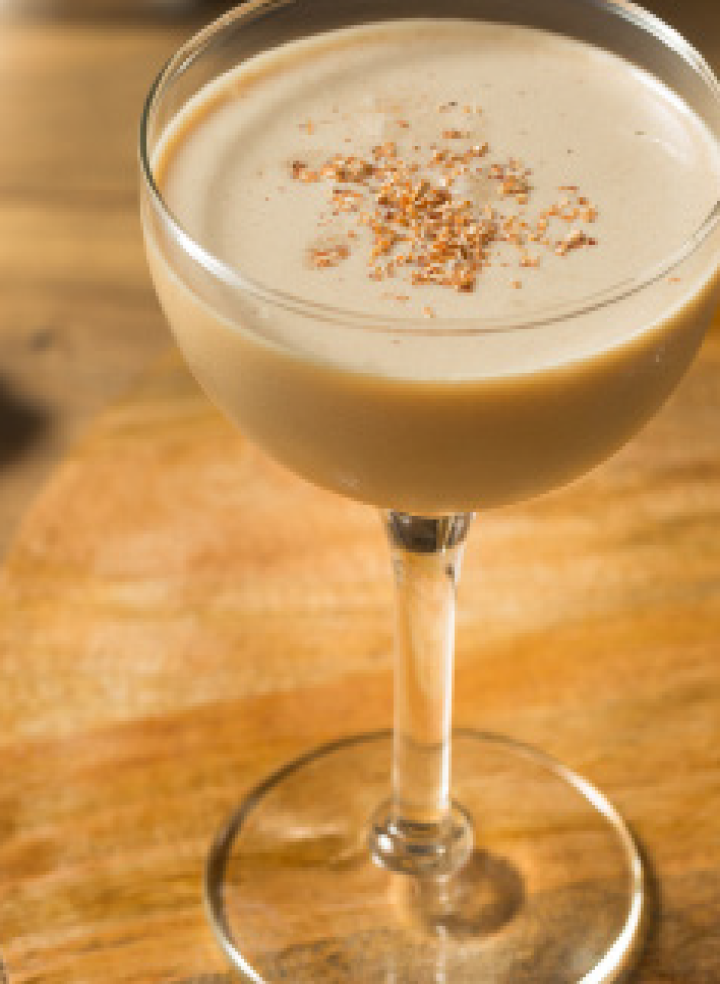The classic cocktail has experienced a renaissance over the past decade, while some may attribute it to the Mad
Men craze of the mid-2000s, the real reason for the resurgence can most likely be linked to the bartenders.
“So much of what bartending is, is represented by [classic cocktails],” said Michael Neff from Houston’s Cottonmouth Club Cocktail Bar during Tales of the Cocktail 2021. “It’s a drink that contains our attitude because it’s a drink that contains our relationships.”
So, why have these so named “classics” stood the test of time?
For starters, most everyone knows the recipes.
“Classic cocktails for events are perfect for ease of service and quick service,” says Barbara Brass, Vice President of Los Angeles Catering Sales for Wolfgang Puck Catering.“And they also don’t require a mixologist-level skill when staffing bars for large events.”

Traditionally, many classic cocktails rely on minimal ingredients, which allows for quick turnaround (perfect for the catering environment) and ample opportunity for experimentation.
“With more ingredients it is easier to make a mistake while rushing to get cocktails to everyone at a high-volume event,” says Igor Zukowiec with Alchemiq Catering. “Three-ingredient cocktails are a win-win for both the client and the caterer!”
On the surface, classic cocktails may seem simplistic being there are so few ingredients. But that could not be further from the truth. In fact, many of these “simple cocktails” are where top bartenders shine because there’s very little room for error.
“If any cocktail can be ritualistic, it would be [the classics] because I don’t have anything to hide behind,” says Neff.
The holy trinity
These enduring classic cocktails distilled down to their purest form comprise of just three ingredients in most cases, which oftentimes equates to a spirit, some sort of sweetener, and an additional liquor.
“I can’t think of a better way to respect a really good booze,” said Alex Day from New York’s Death & Co during Tales of the Cocktail. “You’re drawing out these amazing qualities and giving them accent. Somehow they become something greater than the sum of their parts.”
But don’t expect the same three ingredients to equate to the exact same classic cocktail.
“There’s a hundred ways to do it right, and a thousand ways to do it wrong,” says Neff. “These cocktails have become a personal preference of the bartender, which is so emblematic of the cocktail movement in general.”
For example, while one bartender opts for simple syrup in their version of an Old Fashioned, another may be drawn to a sugar cube.
“It’s such a simple drink, but there’s such different opinions,” said Devon Tarby with Death & Co of the Old Fashioned. “But at the same time, the drink is so simple that there’s only so many places it can go. There’s not a whole lot you can innovate on, and I think that’s beautiful.”
Brass, however, has the opposite opinion.
“Classic cocktails lend themselves to so many different riffs,” she says, “so you can be creative.”
Where skill meets style
Many bartenders agree, the classic cocktails are often where great bartenders are separated from the imposters.
“To me, the Old Fashioned has always been a statement of purpose from the bartender,” says Neff. “If you can’t make an Old Fashioned for me, I don’t care what else you can make.”
But why have classics become such a status symbol among bartenders?
“It’s not just about the ingredients, but about technique, the syrup consistency, what type of glass they’re served in, and what type of ice,” Day says. “A lot of those decisions are outside of what’s actually in the glass and it becomes a personal relationship with cocktails.”
Beyond what goes into the cocktail, how the cocktail is made has also become a signature of a great classic cocktail.
“This is the stuff of poetry,” says Day. “It’s the most beautiful little ballet.”
For many bartenders, it is a chance to demonstrate their prowess.
“What’s the point of me making this for you if I can’t show off while I’m making it?” Neff says. “I can make a different portrait with all of these beautiful things, and then I can also take something already beautiful and make something else beautiful out of it.”
And it also helps with consistency control.
“Three-ingredient cocktails are perfect for catered events because it is much easier to control consistency especially when the cocktails are not pre-batched, but made one by one,” Zukowiec said.
Cheers to these cocktails that will never go out of style.
“What’s fun about this modern era of cocktails that we’re in is that, yes there’s a lot of historical context and traditionalism, but there’s also a lot of pushing the boundaries and playing with formula and seeing if we can break it a little bit,” says Day. “The greater awareness and appreciation of cocktails in general means that the classics will always be there, they will be the starting point.”
Brass agrees.
“Trendy cocktails like trendy clothes and shoes come and go,” she says, “but you can always count on the classics.”
Daiquiri
Year developed: 1896 by Jennings Cox
Flavor profile: Complex rum flavors blend with lime and a touch of sweetness; ideal for outdoor summer gatherings
Ingredients
2 oz white rum
1 oz fresh lime juice
1 barspoon of superfine sugar
Method
- In a cocktail shaker add all ingredients.
- Stir well to dissolve the sugar.
- Add ice and shake.
- Strain into chilled cocktail glass.
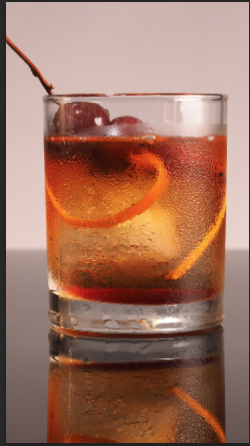
Old Fashioned
Year developed: 1806 when The Balance, and Columbian Repository, an upscale New York newspaper, defined a cocktail as “a stimulating liquor, composed of spirits of any kind, sugar, water and bitters.”
Flavor profile: Equal parts sweet and smooth, offering a rich and silky mouth feel
Ingredients
2 oz bourbon whiskey
1 tsp simple syrup
2 dashes Angostura bitters
Orange peel garnish
Method
- Build the whiskey, simple syrup, and bitters into a mixing glass with ice and stir.
- Strain over fresh ice into an old-fashioned glass.
- Twist the orange peel over the surface of the cocktail and then rub the rim of the glass with the before dropping in to serve.
Dirty Martini
Year developed: 1901 by John O’Connor
Flavor profile: Salty, with a hint of sweet, ideal for well...anytime.
Ingredients
2 oz vodka
.25 oz dry vermouth
.25 oz olive juice
Optional garnish: olives (1 or 3)
Method
- Pour all ingredients into a mixing glass with ice cubes.
- Stir well.
- Strain in chilled martini glass.
Manhattan
Year developed: Early 1880s by Dr. Iain Marshall
Flavor profile: Spirit-forward, slight bitterness, herbal undertones, ideal for warmth on cold nights
Ingredients
2.5 oz rye whiskey
1 oz sweet vermouth
1-2 dashes Angostura bitters
Method
- Combine all the ingredients in a mixing glass filled with ice and stir.
- Strain into a chilled cocktail glass.
- Garnish with a maraschino cherry.
Negroni
Year developed: 1920 at Bar Casoni in Florence at the request of Count Camillo Negroni, who ordered an Americano with gin instead of club soda.
Flavor profile: A balance of bitter and sweet that gives off hints of herbs and the tang of juniper. Ideal for those with exceptionally developed palates
Ingredients
1 oz gin
1 oz Campari
1 oz sweet vermouth
Orange slice garnish
Method
- Combine all the ingredients in a mixing glass filled with ice cubes.
- Stir ingredients briefly to mix, cool and dilute slightly.
- Strain the ingredients over an ice-filled old-fashioned glass and tuck in the slice of orange to garnish.
Alexander
Year developed: 1922 by Henry McElhone
Flavor profile: Creamy, sweet, indulgent; ideal as a dessert cocktail
Ingredients
1 oz cognac
1 oz crème de cacao
1 oz fresh cream
Method
- Pour all ingredients into a cocktail shaker filled with ice cubes.
- Shake and strain into a chilled cocktail glass.


